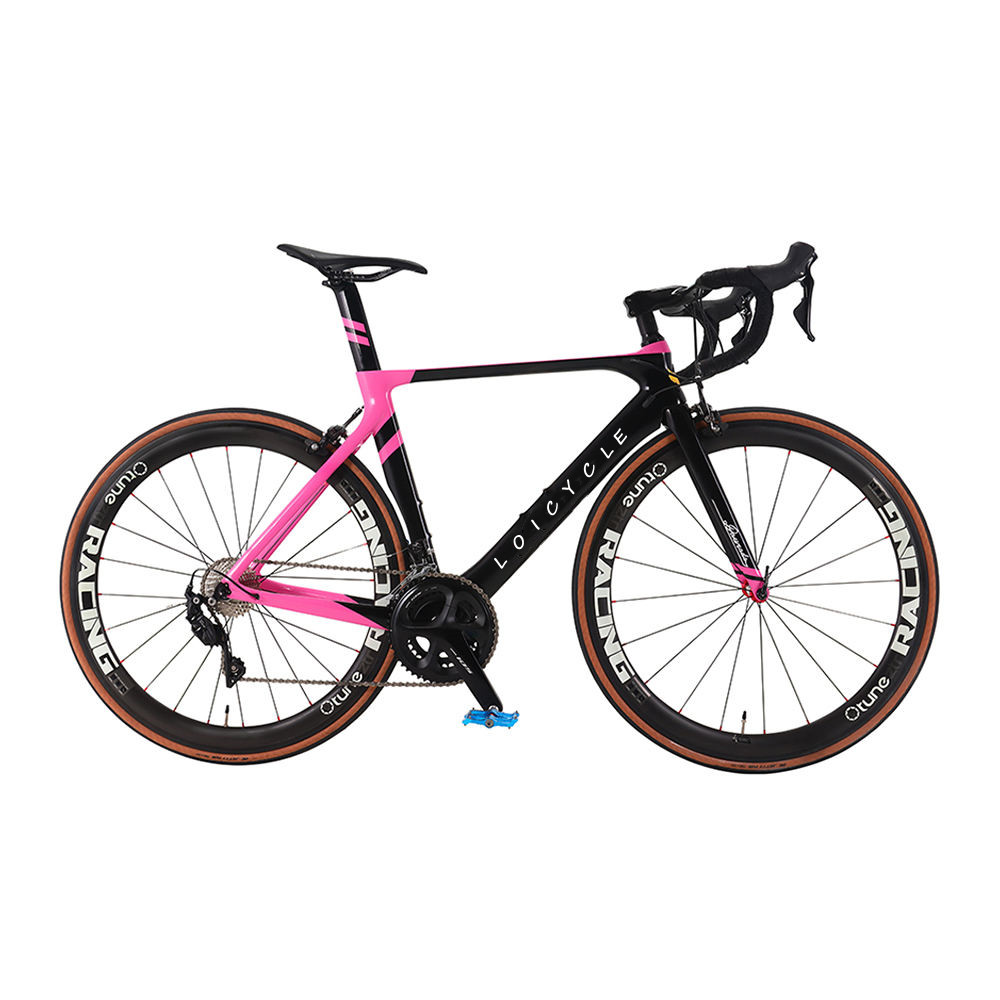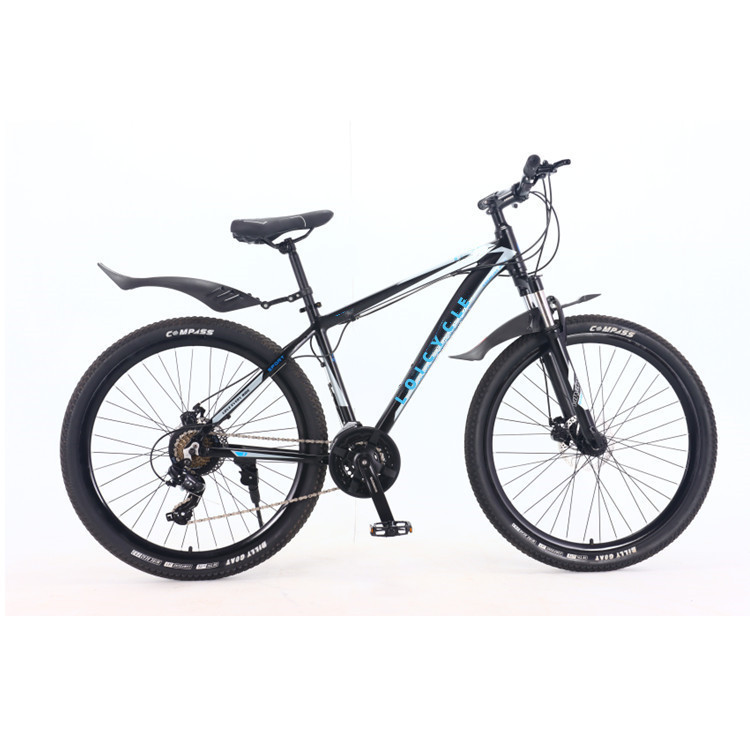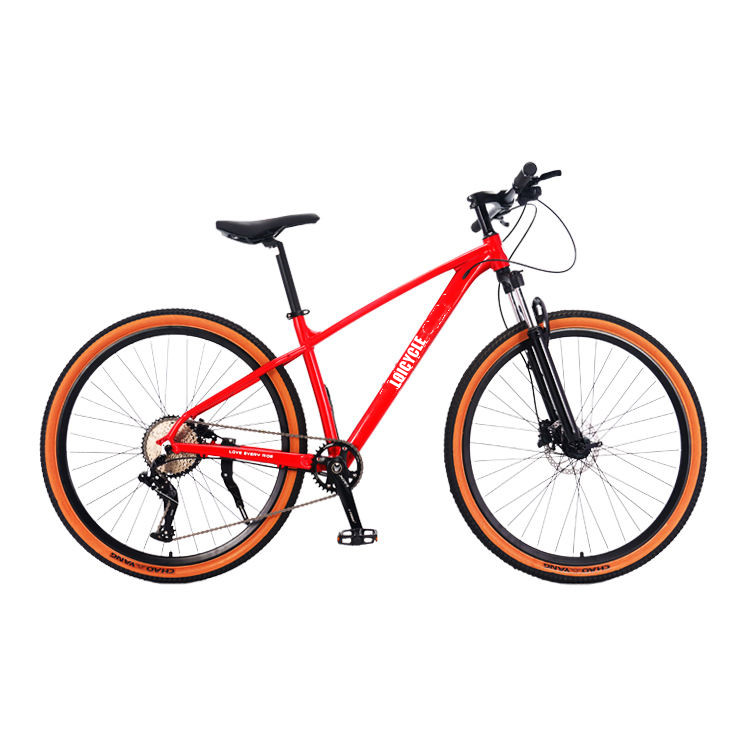Carbon and aluminum bikes are two popular materials used to manufacture high-performance bicycles. Both materials have their unique advantages and disadvantages, and choosing the right material depends on individual preferences and needs. In this article, we’ll take a closer look at carbon and aluminum bikes and compare their characteristics.
Carbon Bikes
Carbon fiber is a composite material made of carbon fibers and resin. Carbon bikes are known for their high strength-to-weight ratio, stiffness, and vibration-damping properties. These bikes are ideal for racing and high-performance riding, where speed and efficiency are essential. Carbon bikes are also resistant to corrosion, which makes them ideal for riders who frequently ride in wet or humid environments.
The manufacturing process for carbon bikes involves layering sheets of carbon fiber and resin, which are then cured under high pressure and temperature. This process results in a strong, lightweight, and durable material that can be shaped into complex shapes and designs. Carbon bikes can be built with varying levels of stiffness, which can affect the ride quality.
One of the downsides of carbon bikes is their high cost. Carbon fiber is an expensive material, and the manufacturing process is complex and time-consuming. Carbon bikes can also be susceptible to damage from impact or crashes, which can be costly to repair.

Aluminum Bikes
Aluminum is a lightweight and durable material used in bike manufacturing for decades. Aluminum bikes are known for their strength and stiffness, making them ideal for racing and high-performance riding. These bikes are also less expensive than carbon bikes, making them a popular choice for recreational riders.
The manufacturing process for aluminum bikes involves shaping and welding aluminum tubes into a frame. The resulting frame is strong and stiff, making it ideal for efficient power transfer. Aluminum bikes can also be designed with varying levels of stiffness, depending on the intended use.
One of the downsides of aluminum bikes is their stiffness. While stiffness is important for efficient power transfer, it can also result in harsh ride quality. Aluminum is also less resistant to vibration and can transmit more road noise to the rider.

Conclusion
Both carbon and aluminum bikes have their advantages and disadvantages, and the choice between them depends on individual preferences and needs. Carbon bikes are known for their high strength-to-weight ratio and vibration-damping properties, making them ideal for racing and high-performance riding. However, they are also more expensive and can be susceptible to damage from impact or crashes. Aluminum bikes are less expensive and known for their strength and stiffness, making them ideal for racing and high-performance riding. However, they can also result in harsh ride quality and transmit more road noise to the rider.
Ultimately, the choice between carbon and aluminum bikes comes down to personal preference and intended use. Riders looking for a high-performance bike for racing or competitive riding may prefer a carbon bike, while recreational riders may prefer an aluminum bike for its affordability and durability. Whichever material you choose, investing in a quality bike that suits your needs and provides a comfortable and enjoyable ride is important.
We hope you found this guide to carbon and aluminum bikes helpful and informative. At Loicycle, our goal is to produce high-quality carbon fiber and aluminum bikes. To learn more about the high-performance, high-quality bikes we build, visit our homepage! https://www.loicycle.com/
If you want to know more, click here
Mobile/Whatsapp: 86-13820747313
Company email:sales@loicycle.com


